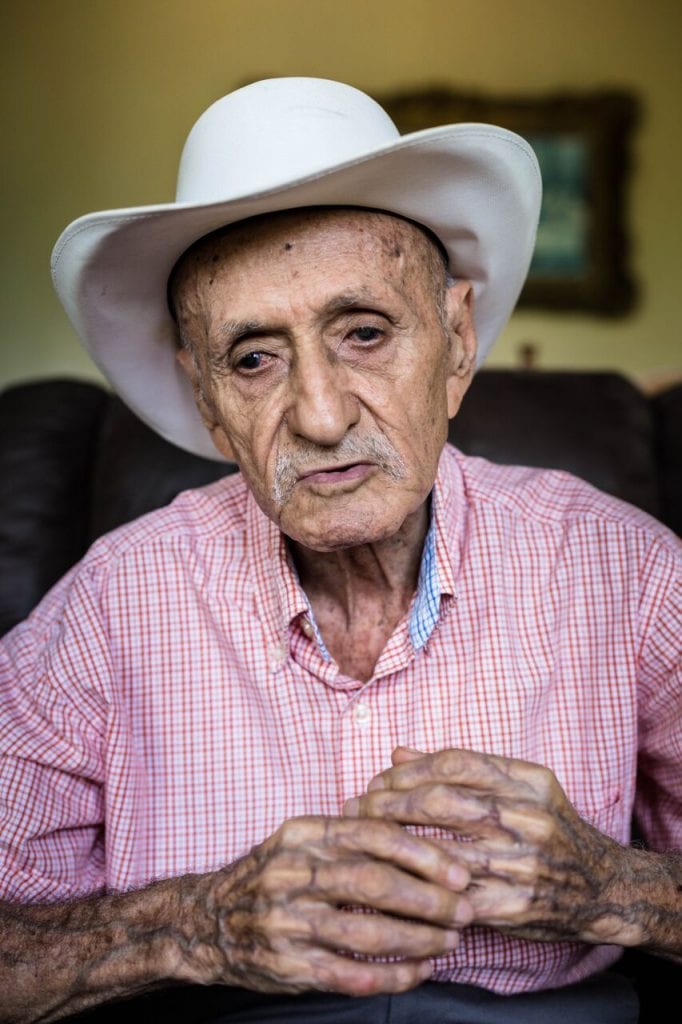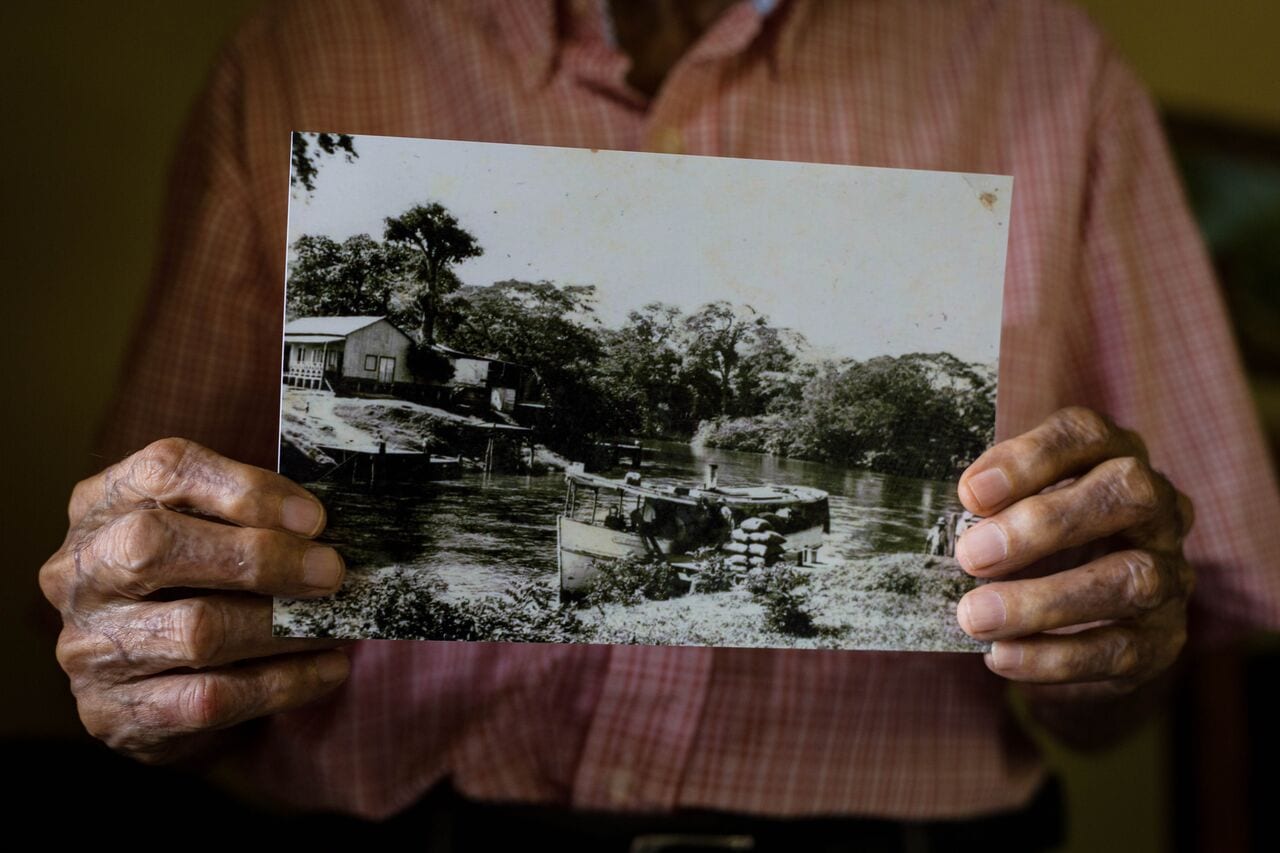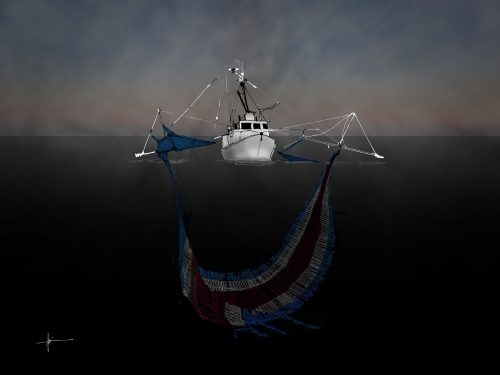
I was born on July 18, 1934. I’m 84 years old and I’m a real Bolsonian. I was born in the belly of the Guanacaste lowlands.
From this chair in the living room of my house, roughly 100 yards from the Bolsón plaza, I can say that when they built the Inter-American Highway North, it was as though they erased us from the map. I can say that I miss the Bolsón of the 1940s and 50s, when we were a “developed” town.
When I was a young boy, two boats full of merchandise would come twice a week on Tuesdays and Fridays. They entered the port via the Las Palmas River, which flowed into the Tempisque and was located a mile from downtown.
Bolsón was a fundamental base for agriculture development in this part of the province. Almost everything for Santa Cruz, Santa Barbara, Bernabela and other towns along the Santa Cruz coast entered and left here.
A theatre, a cinema, diners and stores were part of the landscape of this Nicoya district in the 1940s and 50s, until the Inter-American Highway arrived
There were lines of carts that awaited goods and others that came full of rice, beans, corn and wood to sell in Puntarenas.
I didn’t travel much to San Jose nor to Puntarenas, and when I did it was to study three years at José Martí High School. Once, I had the blessing of traveling by train to the capital.
Ships took about seven hours to reach the port, as long as the weather wasn’t bad because you would get wet. Water would fill the boat and the trip would take longer.
Bolsón also saw large quantities of livestock. At one point there were three piers and every Wednesday “fat livestock” would leave, most of it on its way to Alajuela.
There was a breed of cow from Brazil that entered the province via Bolsón that was resistant to summer droughts, grass shortages and parasites. All the ranchers tried to get their hands on tone of them in order to improve their breed. I think that’s what made livestock take off in the zone.

Álvaro Fonseca comes from a family of eight siblings, was raised in Puerto Bolson and is a father of six.
Prosperous Times
Bolsón has a lot of history. This town saw a lot of movement. There was a great number of salesmen and families that came from San Jose and Puntarenas to vacation, ride horses and take a dip in the Tempisque river.
This town is where the money was. Back then we had a telegraph office that was located where the police station is now. It operated from 6am to 10pm because of high demand.
Bolsón was so prosperous that even Otilio Ulate, who was president from 1949 to 1953, came here and danced marimba. He came to inaugurate a school that was remodeled and expanded, with government help, to four classrooms.
We also had fun. There was a large house that served as a warehouse and then a movie theatre and a dancehall. Not to mention the horseback ribbon races and soccer games.
The movie theatre operated from 1954 to 1956. My brother Amado Fonseca ran that business and I was the one that would go to the port or the El Viejo ranch to bring the movies from San Jose on horseback. A LACSA flight would land every Thursday at the ranch, which was about 4 miles from town.
There were movies on Saturdays, Sundays and Thursday nights. They were good Mexican films by Pedro Infante, Jorge Negrete and “Cantinflas.” Tickets cost five colons and when the movie was over we would set up stools and record players and have a dance.
I can’t say that I was a good dancer, but my wife loved to dance and when we were dating I had to force myself out onto the dance floor. I had six kids with her.
Then the 1960s came and the boats and people stopped coming. The Inter-American highway was built and all the activity was lost. Everything was shipped by and, which was quicker and easier. It was as though the removed Bolsón from the map.
A lot of people had to migrate to Puntarenas of the banana fields in order to find work and just us families that were able to find land stayed behind. Today, what is left in the belly of the Guanacaste lowland where I was born, are memories, my memories, the ones I have already told my children.
Editor’s Note: This story was written by Andrea Rodríguez Valverde using the protagonist’s voice. The testimony was only edited for style.








Comments